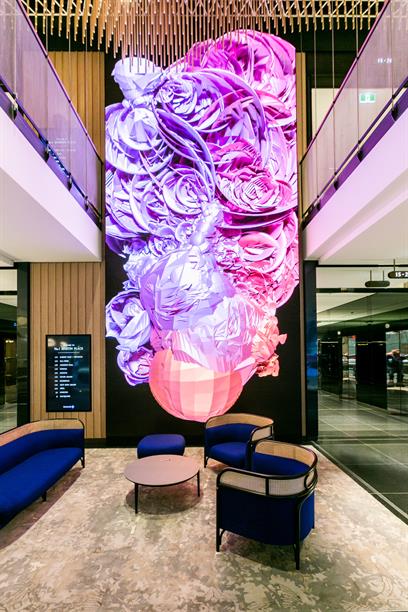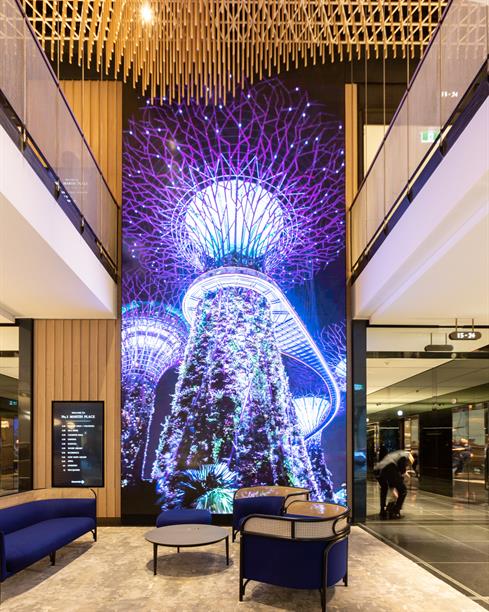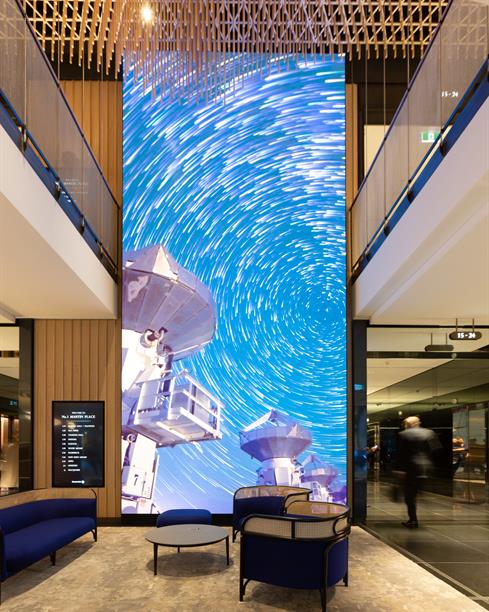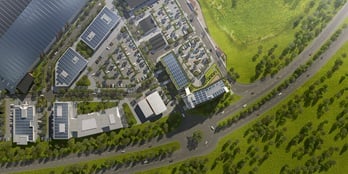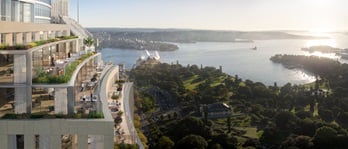Culture by design
By proceeding you confirm that you are a resident of Australia or New Zealand accessing this website from within Australia or New Zealand and you represent, warrant and agree that:
- you are not in the United States or a “U.S. person”, as defined in Regulation S under the U.S. Securities Act of 1933, as amended (“U.S. Person”), nor are you acting for the account or benefit of a U.S. Person;
- you will not make a copy of the documents on this website available to, or distribute a copy of such documents to, or for the account or benefit of, any U.S. Person or any person in any other place in which, or to any other person to whom, it would be unlawful to do so; and
- the state, territory or province and postcode provided by you below for your primary residence in Australia or New Zealand are true and accurate.
Unfortunately, legal restrictions prevent us from allowing you access to this website. If you have any questions, please contact us by e-mail by clicking on the link below.
The ecology of how we live is rapidly changing. The way people are responding to built environments is shifting, as good design is consciously being used to help nurture connections and social responsibility. Increasingly, architects and interior designers are creating spaces that influence how people feel and interact together, but more recently, game changers – like Australian company Siren – have started using design concepts to allow people to think and act positively.
Function and style have always been the hallmarks of good design. However the constantly shifting economic, cultural, demographic and technological forces are driving leaders in the property sector to partner with their customers to respond more uniquely to the market opportunities that arise from the different ways people now live and work.
An emerging blueprint
Around the world, indoor and outdoor spaces are being redesigned or built with place making firmly in mind. Working with an increasingly diverse mix of stakeholders, architects and designers are examining how people live and work now – and into the future – in order to create communities within cities or towns that have their own genetic blueprint. Increasingly, this blueprint is all about evolutionary sustainability, sparking innovation and collaboration amongst cross-sections of the community.
Designing for the users
The juxtaposition of functions or activities is just one of the many challenges associated with designing for collaborative spaces, according to Mia Feasey, Chief Executive Officer of Australian interior design start-up, Siren. Now a decade on from its launch, the company employs over 80 people across the board. Feasey explains that the key lies within understanding what will make people thrive in that environment.
“It's actually about the whole picture and what people will be doing in that space,” explains Mia. “[It’s about] what conversations you want to be having in those chairs rather than just necessarily having a particular style or finish.”
Ultimately, Mia suggests designs with this at their core continue to evolve, nurturing not just how people feel in a space, but how they think and act now and in the future.
“Ultimately the user is the chooser. We have a number of ideas of how a space could be, but it will probably end up being used in other ways and that’s the best part of designing public spaces.”
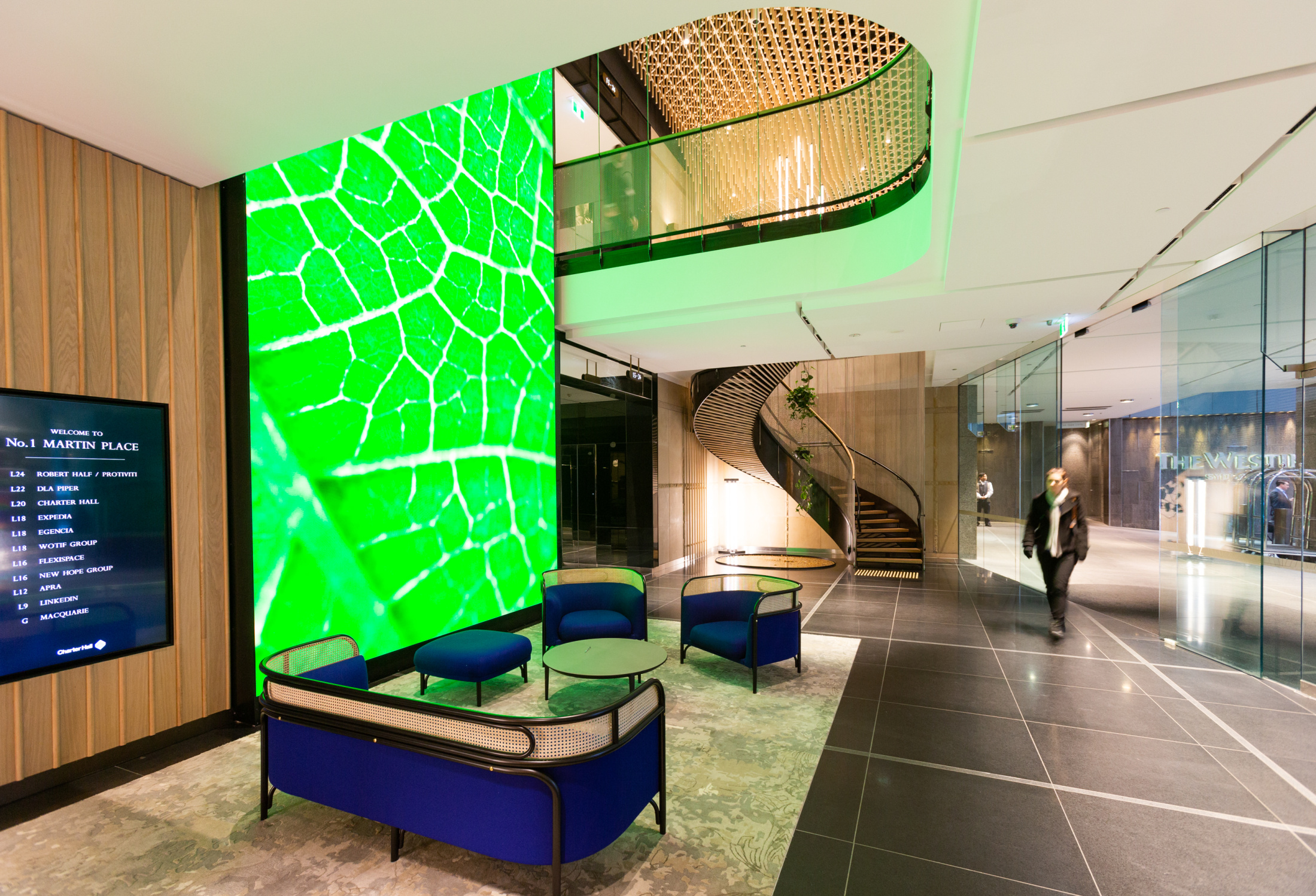
Image: Lobby, No.1 Martin Place, Sydney
Exploring 1 No.1 Martin Place
Charter Hall worked in partnership with Adriano Pupilli Architects and Mia Feesey at Siren Design to deliver the refurbishment of the Lobby and Mezzanine levels that now provide technology-enabled spaces, where tenants and guests can connect, collaborate and innovate outside of their traditional tenancy.
Mia and her design staff understand the interrelationship between people and place well, being one half of the collaboration responsible for the re-invention of the Mezzanine and Ground floor entry to No.1 Martin Place, in the heart of Sydney. This Mia attributes a focus on collaboration at every level as key to the creation of shared value in this iconic public space.
“No.1 Martin Place is a real community piece,” explains Mia. “Together we all did a great job getting everyone engaged and on the journey. It was very personalised, and I think that really showed that they [Charter Hall] were listening to the tenants, which was important because they're all completely different tenants.”
The integration of technology in such a historic building was a challenging, but important part of nurturing culture during the design, build and eventual opening of the space. New technologies and social media were, and still are, used to invite a response from people in the space, emphasising the open, collaborative nature of the building.
“There's a beautiful digital wall in there that has curated digital light on it,” says Mia. Instead of being used to stream other media, this technology invites thought and engagement. Just like the furnishings that surround it.
“It’s really intuitive. You don’t need a manual to work out how you can the space at No.1 Martin Place.
“People just gravitate to the space naturally and slide themselves into the task that they’re about to start, whether it’s meeting one-on-one or working on their laptop.”
